Match Highlights and Standout Moments
The AEW Dynamite September to Remember special aired live from Canada Life Place, turning the arena into a roaring Canadian showcase. From the opening bell, the card felt like a pressure cooker, each bout designed to build hype for the looming All Out pay‑per‑view.
Jon Moxley vs. Roderick Strong anchored the night. The veteran brawler entered with The Death Riders, a faction that has been shadowing AEW for months. Wheeler Yuta’s interference was the decisive factor: a well‑timed trip sent Strong crashing into Moxley’s bulldog choke, a hold that forced the tap out. Kyle O'Reilly attempted to rally Strong, but the wrestlers from the Death Riders neutralized any comeback, underscoring their growing influence. Commentary from Bryan Danielson highlighted the irony of Yuta clinging to the group rather than forging his own path.
Bobby Lashley’s match against Toa Liona illustrated his seamless assimilation into AEW’s roster. Lashley applied a series of methodical submissions—first a headlock, then a precise rear‑naked choke—before forcing Liona to quit. The bout was less about flash and more about establishing Lashley as a credible threat heading into the championship picture.
In the tag team division, The Young Bucks (Matt and Nick) took on the Bang Bang Gang (Austin Gunn and Juice Robinson). Despite Robinson’s early onslaught, which saw Matt Jackson receive a rapid succession of chops, the Bucks leveraged their synchronicity. Nick’s signature “Spike” move on Robinson clinched the victory, securing a spot in the AEW Tag Team Championship match at All Out. The crowd’s reaction was palpable, with chants echoing the Bucks’ iconic theme.
The Unified Championship tournament continued its high‑flyer spectacle when Mascara Dorada faced The Beast Mortos. The contest featured a Canadian Destroyer, multiple backbreakers, and a jaw‑dropping crucifix bomb reversal. Dorada’s finishing shooting star press sent Mortos crashing into the apron, earning a three‑way spot at All Out. The match not only highlighted Dorada’s lucha libre roots but also cemented his status as a dark‑horse contender.
Post‑match, AEW Unified Champion Kazuchika Okada appeared with Don Callis. Their brief exchange turned tense when Konosuke Takeshita, a nominal member of the Callis Family, confronted Okada alone. The split‑screen segment hinted at internal faction warfare, a storyline that could reshape the title scene. Dorada added fuel to the fire by delivering a crossbody to Okada on the floor before square‑up with Takeshita, setting up multiple narrative threads.
The women’s division got a gritty showcase in a No Holds Barred bout between Thekla and Queen Aminata. Thekla’s brutal strikes and grounded grappling earned her a pinfall, while the lack of disqualifications allowed both athletes to push beyond conventional limits. Commentary from Excalibur praised the match as a reminder that the women’s roster can deliver intensity on par with the men’s division.
Throughout the episode, AEW’s broadcast team—Excalibur, Taz, and Danielson—provided context, especially focusing on “Timeless” Toni Storm’s upcoming title defense. Segments featuring contract signings and verbal blows further intensified anticipation for All Out.
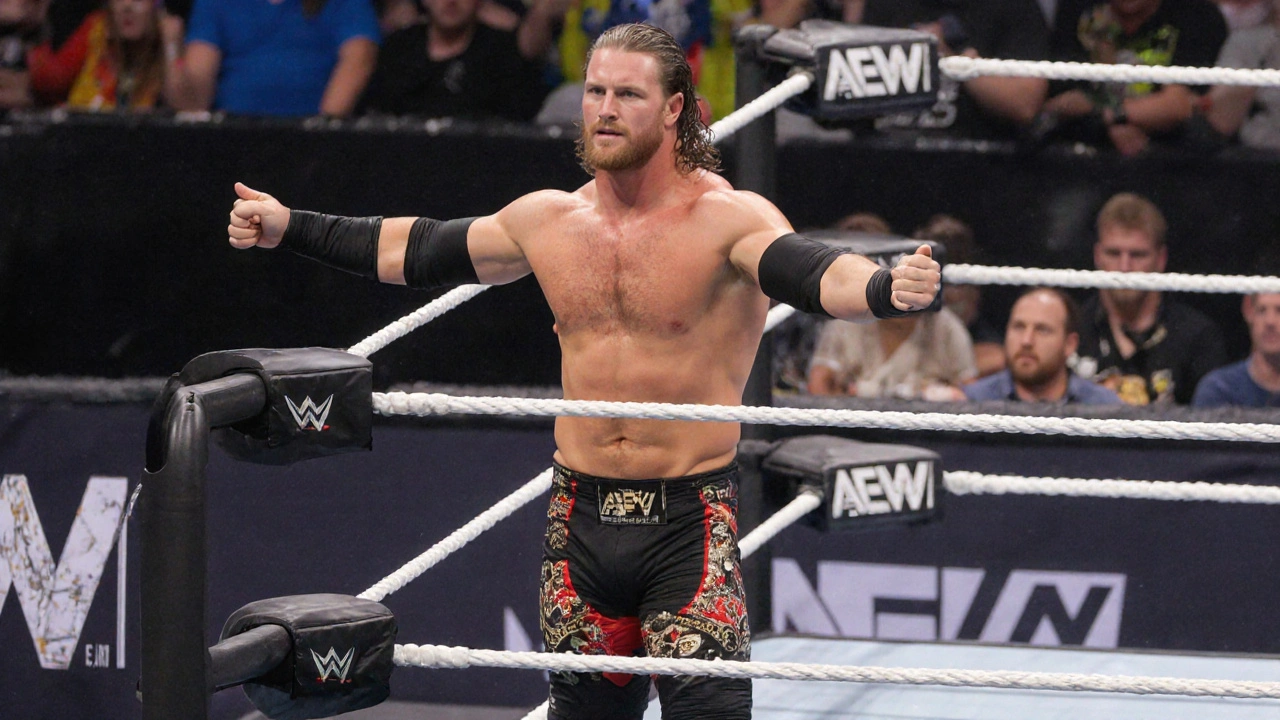
Implications for All Out and Future Storylines
The outcomes in London have set the stage for several key narratives at All Out. Moxley’s victory not only solidifies his place as a top contender but also elevates The Death Riders as a power bloc capable of swaying match outcomes across the board. Their interference in multiple segments signals that they may pursue a collective push for championship gold.
Lashley’s submission win positions him as a plausible challenger for the Unified title, especially given his dominance over a rising talent like Liona. The wrestler’s technical proficiency could make for a compelling David‑vs‑Goliath storyline if he decides to target Okada or the tournament’s eventual winner.
The Young Bucks’ qualification injects fresh energy into the tag team championship picture. Their chemistry versus the relatively untested Bang Bang Gang suggests that the forthcoming title bout will be a clash of experience versus youthful aggression. Fans can expect high‑octane spots and possibly a surprise twist involving a third team, a trope AEW loves to employ.
Mascara Dorada now faces a three‑way showdown that could involve Okada, Takeshita, or another surprise entrant. Dorada’s lucha libre style adds a unique dynamic to a match that may otherwise be dominated by heavy‑handed powerhouses. His recent crossbody on Okada hints at a personal vendetta, raising the emotional stakes.
The tension within the Don Callis Family, highlighted by Takeshita’s solo confrontation, may evolve into a splinter group storyline. If Takeshita feels betrayed, he could either align with Moxley’s Death Riders or launch a solo crusade against both Okada and Callis, adding layers of intrigue.
On the women’s side, Thekla’s win may earn her a title opportunity against Toni Storm, or at least a high‑profile feud. The No Holds Barred format demonstrated that AEW is willing to grant its female talent the same brutal storytelling tools afforded to the men, which could lead to a more balanced card at All Out.
Overall, the September to Remember episode succeeded in delivering a blend of athleticism, drama, and forward‑looking storytelling. As fans file out of Canada Life Place, the buzz is clear: All Out promises to be a culmination of months of narrative threads, with enough surprises to keep the locker room on edge and the audience glued to their screens.

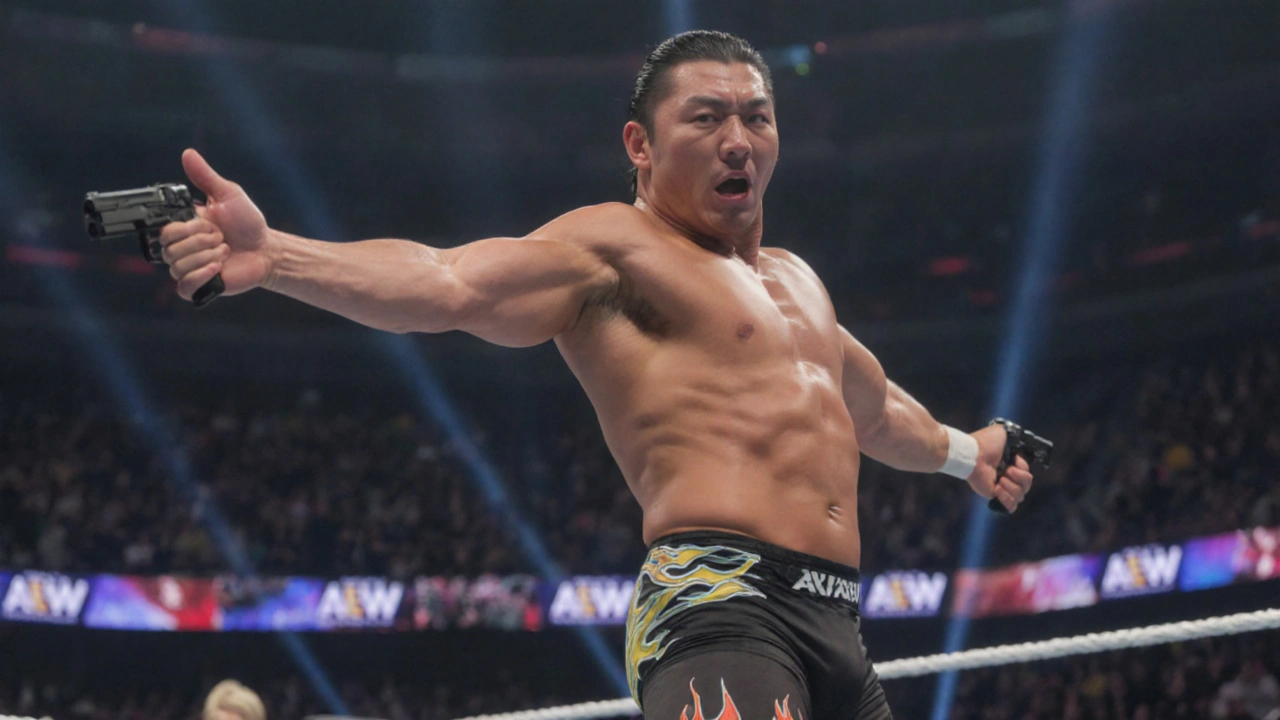
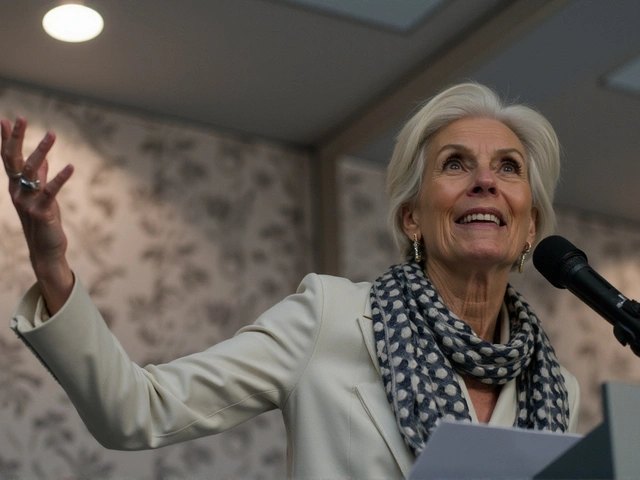
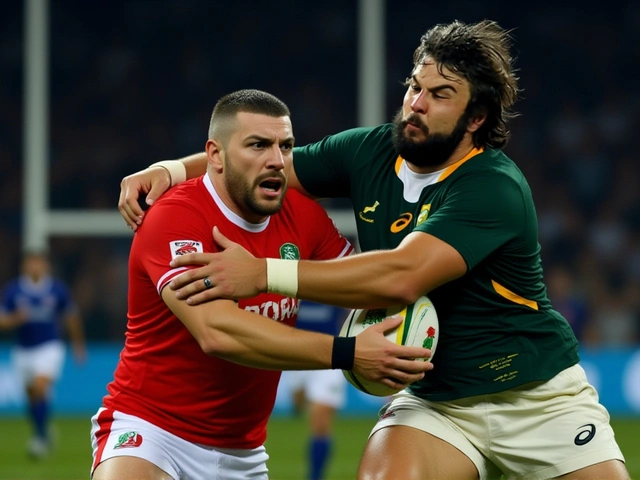
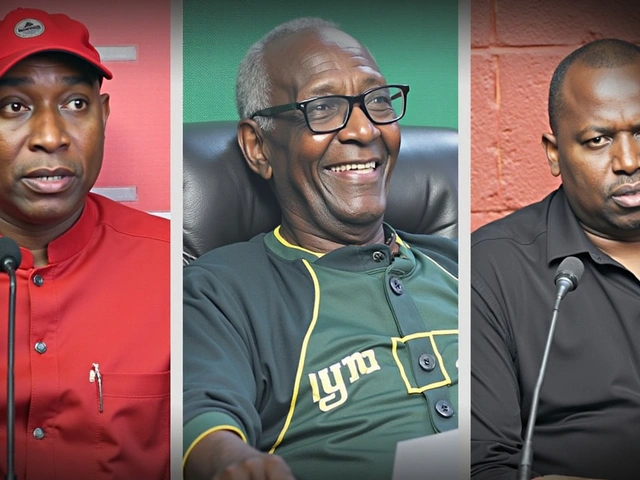
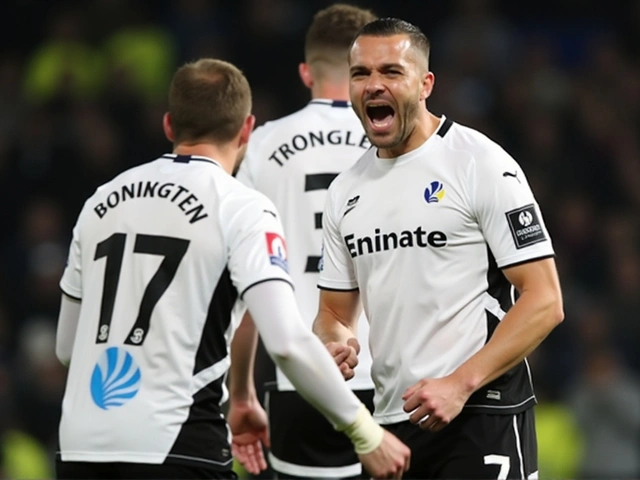
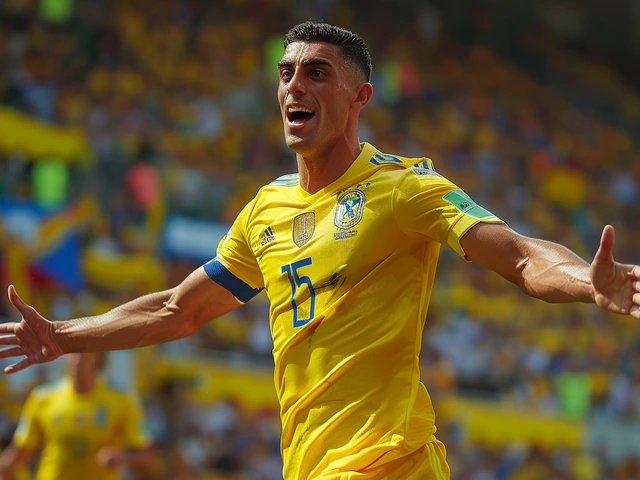
saurav kumar
Jon Moxley's win was solid, showing why he's still a top guy.
Ashish Kumar
The match felt like a repetitive script, an obvious cliche that the writers keep leaning on. Moxley's choke‑hold was brutal, yet it was nothing new for a character built on raw aggression. The Death Riders' interference only underlines how predictable AEW's faction storytelling has become. One would hope for a fresh angle rather than re‑hashing the same power‑play trope. Still, the crowd's reaction proves the formula still sells, even if the creative team is stuck in a loop.
Pinki Bhatia
Mascara Dorada's high‑flying style really lit up the arena. His shooting star press was a perfect showcase of lucha libre artistry, and it gave the fans something fresh compared to the usual power moves. It’s great to see a wrestler from a different background getting a serious push toward the three‑way at All Out. I think his momentum could bring a new dynamic to that match, especially against the more grounded competitors.
NARESH KUMAR
Totally agree! 🌟 Dorada’s style adds a splash of color to the card, and those fans love the excitement. 🙌 Keep supporting the under‑dogs, they bring the best moments.
Purna Chandra
The Young Bucks' recent qualification serves as a masterclass in narrative engineering, a testament to AEW's deliberate orchestration of nostalgic resonance and contemporary spectacle. Their synchronized maneuvers are not merely athletic feats but symbols of an era that viewers have been conditioned to revere, a calculated invocation of past glories designed to cement their legitimacy. Meanwhile, the Bang Bang Gang's inclusion feels like a perfunctory nod to the promotion's alleged commitment to diversity, yet their impact remains marginal, a placeholder to fill the bracket. One cannot ignore the subtle meta‑commentary embedded within the match: the Bucks, as perennial veterans, represent the entrenched hierarchy, while the gang embodies a rising insurgency, a microcosm of the larger factional tension brewing in AEW. The backstage machinations that led to Wheeler Yuta’s controversial interference also hint at a deeper, orchestrated conspiracy aimed at ensuring the Death Riders' ascendancy. Over the past months, we have observed a pattern of strategic alignments that suggests a hidden agenda, one that perhaps extends beyond mere title contention. The narrative threads involving Kazuchika Okada, Don Callis, and Konosuke Takeshita are not isolated incidents but interconnected strands of an elaborate tapestry woven to manipulate fan perception. It is plausible that the Callis Family's internal discord is being cultivated to destabilize the current champion, paving the way for a power vacuum. Moreover, the No Holds Barred women’s bout featuring Thekla and Queen Aminata subtly challenges traditional gendered expectations, yet it also serves as a smokescreen for the larger power plays unfolding in the men's division. The event's location, Canada Life Place, was meticulously selected to market AEW as a global entity, reinforcing the illusion of worldwide dominance. The production choices, from camera angles to commentator emphasis, are crafted to amplify certain characters while marginalizing others, a technique reminiscent of classic propaganda. In sum, the September to Remember episode is a chessboard, each match a move designed to position select players for an endgame that will likely culminate at All Out, where the true victors will be those who have navigated the intricate web of alliances and betrayals with the greatest cunning.
Mohamed Rafi Mohamed Ansari
In analyzing the Lashley‑Liona encounter, it is evident that the former employed a methodical approach, utilizing a sequence of submissions to systematically dismantle his opponent. The headlock followed by a rear‑naked choke demonstrates a strategic escalation, aligning with Lashley’s established in‑ring persona of calculated aggression. While the match lacked flamboyant high‑spots, its technical proficiency should not be undervalued; it reinforces Lashley’s credibility as a legitimate threat to the Unified Championship. A minor typographical oversight may have occurred in earlier reports, but the overall assessment remains sound.
अभिषेख भदौरिया
The overall tapestry of AEW’s September to Remember showcases a confluence of athletic excellence and narrative depth that warrants scholarly attention. Each bout functioned not merely as entertainment but as a communicative act, conveying thematic undercurrents of power, resilience, and identity. Jon Moxley’s submission victory, for instance, can be interpreted as an embodiment of perseverance against systemic interference, symbolized by the Death Riders. Conversely, Mascara Dorada’s aerial artistry offers a counter‑narrative of hope and cultural hybridity within a predominantly Western combat sport context. The intertwined story arcs converge toward a projected climax at All Out, positioning the event as a crucible for both character development and fan engagement.
Nathan Ryu
It is morally commendable that fans celebrate the violence in these matches without considering the broader societal impact. The glorification of aggression, especially in a No Holds Barred women's bout, normalizes destructive behavior. While entertainment is a valid pursuit, we must not lose sight of the ethical implications of cheering on such ruthless displays. A more responsible approach would prioritize stories that uplift rather than revel in brutality.